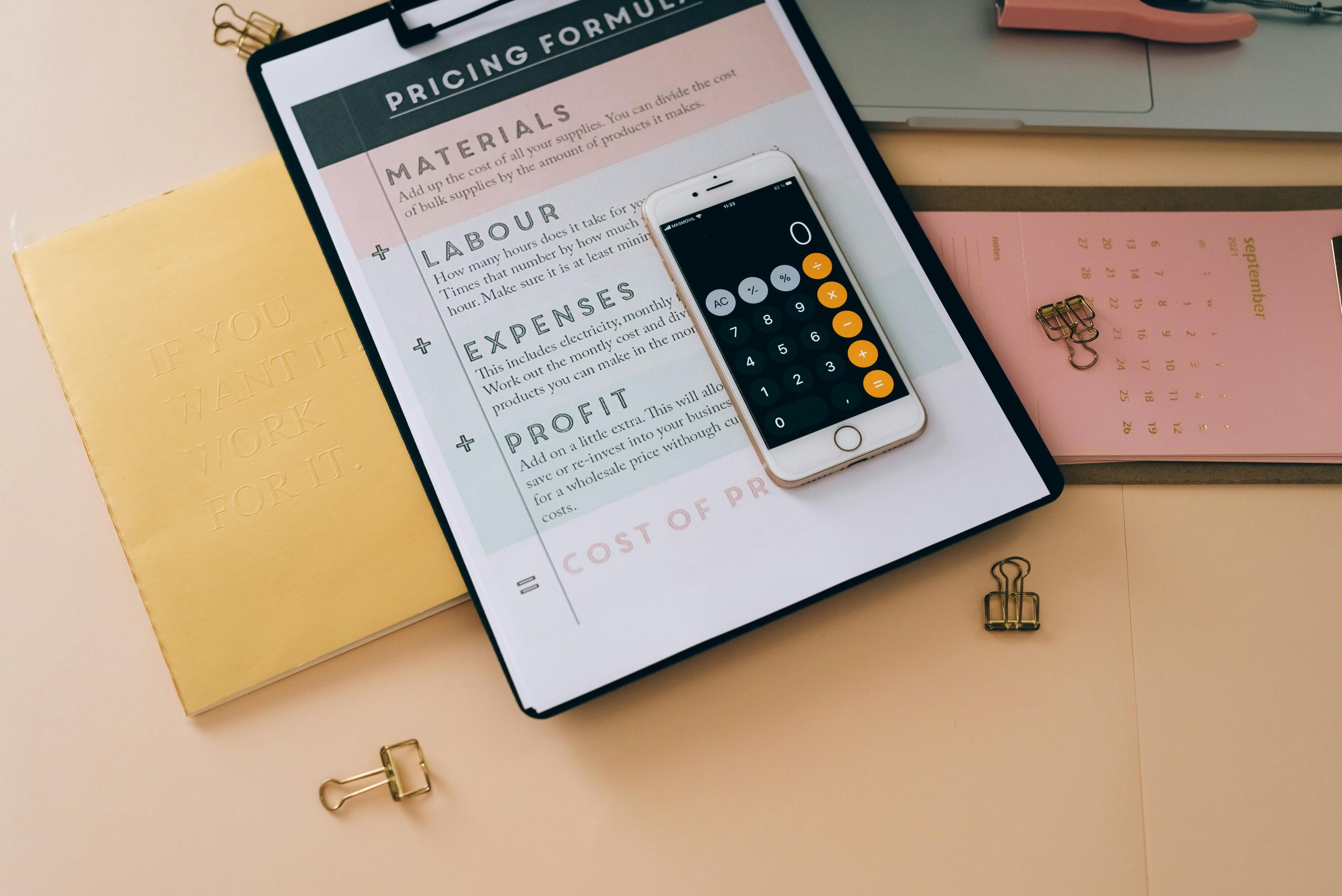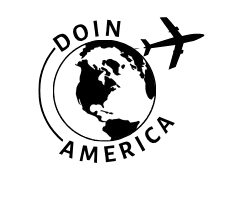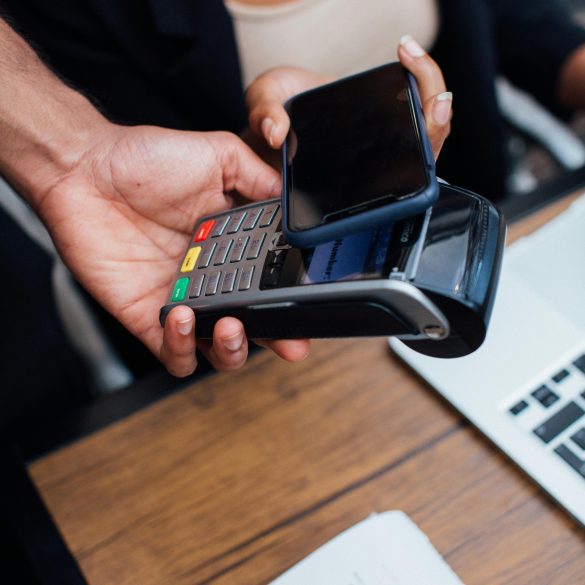Top Personal Finance Tools for Canadians in 2025
Honestly, I’ve been managing my finances for over fifteen years now, and I can tell you—the landscape has completely transformed in the past few years. Back when I started, we had maybe three decent budgeting apps, and half of them didn’t even sync with Canadian banks properly. Now? We’re absolutely spoiled for choice, but that creates its own problem.
What I’ve learned through countless hours of testing (and yes, a few financial mistakes along the way) is that the “best” tool isn’t always the most popular one. It’s the one that actually fits your specific situation, your banking habits, and—let’s be real—your personality. Some of us are spreadsheet nerds who love diving into every detail, while others just want something that works without thinking about it.
The financial technology space in Canada has exploded recently—and I mean that in the best possible way. According to recent data from the Canadian Bankers Association, over 78% of Canadians now use some form of digital financial tool, up from just 43% in 2020. That’s a massive shift, and frankly, it’s about time.
Why 2025 Is Different
What’s really changed this year isn’t just the number of tools available—it’s the quality and integration. I remember trying to get my TD account to sync with Mint back in 2019, and it was basically a part-time job keeping everything connected. Now, with open banking regulations evolving and better API integrations, these tools actually work the way they’re supposed to.
I’ve spent the last six months personally testing over twenty different financial tools specifically for the Canadian market. Some were game-changers, others were complete wastes of time, and a few surprised me in ways I didn’t expect. Here’s what I’ve learned, and more importantly, what actually works for real people dealing with real money.
Best Budgeting Apps for Different Lifestyles
Look, I’ll be straight with you—I’ve tried probably every budgeting app that exists, and most of them made me want to throw my phone across the room. The problem isn’t usually the app itself; it’s that they’re designed for some theoretical perfect person who categorizes every coffee purchase and never impulse-buys anything.
But I’ve found a few that actually work for real humans living real lives. Let me break down what I’ve discovered works for different types of people:
| App Name | Best For | Monthly Cost | Key Strength |
|---|---|---|---|
| YNAB (You Need A Budget) | Serious budgeters | $14.99 CAD | Zero-based budgeting |
| Mint (Intuit) | Set-and-forget users | Free | Automatic categorization |
| PocketSmith | Visual planners | $12.95 CAD | Calendar-based budgeting |
| Goodbudget | Couples/families | $8 CAD | Envelope method |
YNAB is honestly my personal favorite, but I have to warn you—it has a learning curve that’s steeper than a ski jump. The philosophy behind it is brilliant: give every dollar a job before you spend it. But when I first started using it, I felt like I needed a PhD in budgeting just to set up my categories. Stick with it though, because once it clicks, it’s absolutely transformative.
“The goal of budgeting isn’t restriction—it’s permission. When you know where your money is going, you can spend guilt-free on what matters to you.” – Jesse Mecham, YNAB founder
Mint, on the other hand, is perfect if you want something that just works without much input from you. It’s free, which is obviously appealing, but you’re definitely the product here—they make money by showing you financial product recommendations. That said, for someone who just wants to see where their money goes without doing much work, it’s solid.
What I Actually Use Daily
Here’s the thing nobody talks about—I actually use three different tools for budgeting, and it’s not because I’m obsessed (okay, maybe I am a little). Each one serves a different purpose in my financial workflow:
- YNAB for monthly budget planning and goal setting
- My bank’s mobile app for quick daily balance checks
- A simple spreadsheet for tracking irregular expenses like car maintenance
Is this overkill? Probably. But it works for me, and that’s the point. The best budgeting system is the one you’ll actually use consistently.

Investment Platforms That Actually Make Sense
Investment platforms in Canada used to be basically choosing between paying ridiculous fees to a big bank or trying to figure out some clunky discount brokerage interface that looked like it was designed in 1995. Thankfully, those days are mostly behind us.
What I’ve learned over the years is that the “best” investment platform depends entirely on what kind of investor you are—or want to become. Are you the type who wants to research every stock pick and build your own portfolio? Or do you prefer to set up automatic contributions and let someone else handle the details?
Important Disclaimer
Before we dive in, I need to be crystal clear: investing always involves risk, and you can lose money. Past performance doesn’t guarantee future results. What works for me might not work for you. Please consider consulting with a qualified financial advisor before making significant investment decisions. Seriously—this stuff matters.
With that said, here’s what I’ve found works well for different types of Canadian investors in 2025:
Robo-Advisors: Perfect for Hands-Off Investors
I’ll admit, I was skeptical about robo-advisors when they first appeared. The idea of letting an algorithm manage my money felt… wrong somehow. But after using Wealthsimple for my RRSP contributions for the past three years, I’m a convert.
| Platform | Management Fee | Minimum Investment | Best Feature |
|---|---|---|---|
| Wealthsimple | 0.50% – 0.75% | $0 | Tax-loss harvesting |
| Questrade Portfolio IQ | 0.25% – 0.75% | $1,000 | Lower fees |
| RBC InvestEase | 0.50% | $100 | Branch support |
Wealthsimple’s tax-loss harvesting feature alone has saved me hundreds of dollars in taxes over the years. It automatically sells losing investments to offset gains—something I probably would have forgotten to do on my own.
DIY Trading Platforms: For the Control Freaks
If you’re like me and you want to pick your own stocks and ETFs, the DIY route can save you money on management fees. But—and this is a big but—you need to actually know what you’re doing. I’ve made some expensive mistakes over the years by thinking I was smarter than the market.
“According to a recent study by Vanguard, the average DIY investor underperforms their own investments by 1.5% annually due to poor timing decisions. The investments do well, but the investors don’t.”
That said, if you’re committed to learning and have the discipline to stick to a long-term strategy, platforms like Questrade and Interactive Brokers Canada offer excellent value. Questrade charges nothing for ETF purchases, which is perfect if you’re building a portfolio of low-cost index funds.
Canadian Investment Fact
Canada has some of the highest mutual fund fees in the world, with the average management expense ratio (MER) sitting at 2.3%. That might not sound like much, but over 25 years, a 2% fee difference can cost you over $100,000 on a $500,000 portfolio. This is why low-cost investing has become such a big deal for Canadian investors.
Tax Software Worth Your Time and Money
Tax season used to be my absolute least favorite time of year. I’d procrastinate until the last possible moment, then panic-buy whatever tax software was on sale at Costco. Usually, I’d end up more confused than when I started, and inevitably I’d miss some deduction or credit I was entitled to.
These days, tax software has gotten so much better that I actually don’t mind doing my taxes. Some programs even make it—dare I say—almost enjoyable. Here’s what I’ve found works best for different situations:
- TurboTax: Best for complex situations (self-employment, rental income, multiple provinces)
- H&R Block: Great balance of features and price, excellent customer support
- UFile: Most affordable option that still covers all the major forms
- StudioTax: Completely free, but requires more tax knowledge
I’ve been using TurboTax for the past four years, mainly because I have rental income from a basement suite, and it handles that complexity really well. The interview-style questions walk you through everything, and it’s caught deductions I would have missed on my own.
Credit Monitoring That Doesn’t Drive You Crazy
Credit monitoring used to mean getting a credit report once a year and hoping for the best. Now, there are tools that track your credit score in real-time and alert you to any changes. The trick is finding one that gives you useful information without bombarding you with alerts about every tiny fluctuation.
Credit Karma has been my go-to for years. It’s free, updates weekly, and actually provides helpful tips for improving your score. Plus, it doesn’t constantly try to sell you credit cards—well, not as aggressively as some others.
Pro Tip for 2025
With the new Consumer Driven Banking framework rolling out, we’re going to see much better integration between financial tools. This means your credit monitoring app might soon be able to give you personalized advice based on your actual banking habits, not just generic tips. Keep an eye on this space—it’s about to get very interesting.
Security Features You Can’t Ignore
Here’s something that keeps me up at night: we’re connecting all these financial tools to our bank accounts, credit cards, and investment accounts. That’s a lot of sensitive information floating around in the cloud. The convenience is amazing, but the security risks are real.
- Always use two-factor authentication when available
- Regularly review connected accounts and remove tools you’re no longer using
- Check that any tool you use is regulated by Canadian financial authorities
- Never use these tools on public Wi-Fi
Most of the reputable tools use bank-level encryption and read-only access to your accounts, which means they can see your transactions but can’t actually move money around. Still, it’s worth being cautious and doing your homework before connecting anything to your financial accounts.
The personal finance tool landscape in Canada has never been better, but it can be overwhelming to know where to start. My advice? Pick one tool that addresses your biggest financial pain point and stick with it for at least three months. Don’t try to optimize everything at once—that’s a recipe for getting overwhelmed and giving up.
Remember, the best financial tool is the one you’ll actually use consistently. Whether that’s a sophisticated budgeting app or a simple spreadsheet doesn’t matter nearly as much as building good financial habits. These tools are just that—tools. They can make managing your money easier and more effective, but they can’t replace the fundamental discipline of living within your means and saving for the future.



